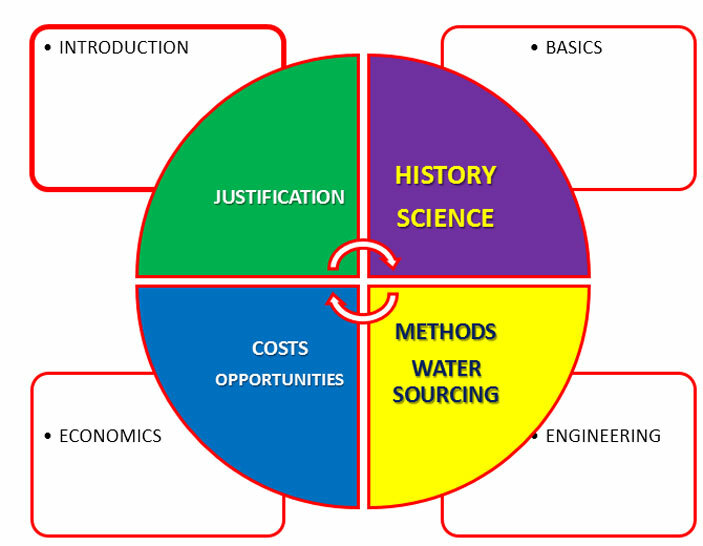Museveni's simplicity: The need for more detailed interpretation
So it was that on October 31, 2016, Uganda’s president seemed to act the ‘good’ teacher: he fetched 20 litres of water on a bicycle to demonstrate water sourcing for irrigation.
By Eng. Kant Ateenyi Kanyarusoke; M-ASHRAE; M-AEEA; M-SASEE
PART 1: INTRODUCTION
"The basics are simple - but in the real world, they combine to create complexity". Or "We shall initially make simplifying assumptions to overcome the problem's intractability - and make corrections later." Any of these two statements is a typical icebreaker for a ‘good' teacher helping learners to tackle a real life problem.
So it was that on October 31, 2016, Uganda's president seemed to act the ‘good' teacher: he fetched 20 litres of water on a bicycle to demonstrate water sourcing for irrigation. Although a few African elites openly appreciated his actions, many ridiculed him and even suggested he was only being populist.
The story has since died out and we are not sure whether that effort was worth it after all. Yet the fundamental issue of the country's food security and the potential of Uganda's farmers to enrich themselves through feeding the region still remains.
Look at it this way: Today, Uganda's population is about 40 million people. The country is also at the epicentre of a region with the highest population growth rate in Africa. Not only that, some of her neighbours are famine-prone not to talk of being net refugee exporters to her.
Climate change for the worse is now here. If that is not strenuous enough on food production, there is growing urbanisation and more of the youth are in school. They are even shunning agriculture. Clearly, the need for increased farmland productivity is more urgent than ever before. And what better way to effect it than through irrigation - based farming - which would assure of multiple crop production every single year!
That said, I noticed two problems in the responses to the President's action. For critics, in addition to failing to suggest feasible and viable, realistic alternatives, they also seemed not to understand the symbolism of the act.
They took it at face value and failed to comprehend its educational value. In one social media group, for example, an engineer working with a multinational agricultural company pretended to compute how long it would take to irrigate 24 acres of crop: over one year - he concluded. Apart from a disguised effort to intentionally confuse uncritical followers by using ‘imperial' units of volume measure (cubic inches), the critic seemed to have no idea of scale of operation, displayed a lack of understanding of types of irrigation and how they relate to the operation on hand.
Consequently, he delivered invalid and wrong computations - leading to erroneous conclusions. This act was both unprofessional and dangerous to society: unprofessional because as engineers, we are required either to validate or to make corrections for our assumptions when tackling real life problems; dangerous - because society would tend to take our conclusions for gospel truth.
The second issue was on those who applauded the President. They focused on his ‘art' of portraying the message rather than on the content. This may be okay for abstract works as in philosophy, fairy tales, etc.
In real practical work, as preventing famine and eradicating poverty through scientific farming, there is need to look at the details in the message as well: otherwise, the colour and glamour of the delivery could shroud the intricate actions required to profitably implement his message. This can lead to future frustrations of the message implementers.
I presume the Ministry of Agriculture technocrats are quietly following up on the President's gesture. However, the criticality of the two issues of food security and rural poverty elimination in a rapidly growing population dictate that we do not relent on public discussion of what should be done. In this series therefore, I seek to progress that discussion.
First, I preview a bit of irrigation history in Africa. I then give a simplified science of irrigation. This is followed by its engineering (or how to irrigate). Subsequently, we will talk about water sourcing in Uganda's case.
This will lead to discussions on the economics of the whole project. In the end, we should be able to supplement the ministry's silent field efforts and enable enlightened Uganda residents to make better informed choices on actions to take to assure good returns both in food and in incomes. Figure 1 is a pictorial summary of the intended contributions.

Figure 1: Outline of this irrigation series
Kant Ateenyi is a pan Africanist Engineering Don and CEO of Progressive Africa Solar Engineering Pty Ltd. in Cape Town - (Manufacturers of Solar water heaters, Crop dryers, Solar water purifiers and Solar powered Refrigerators).